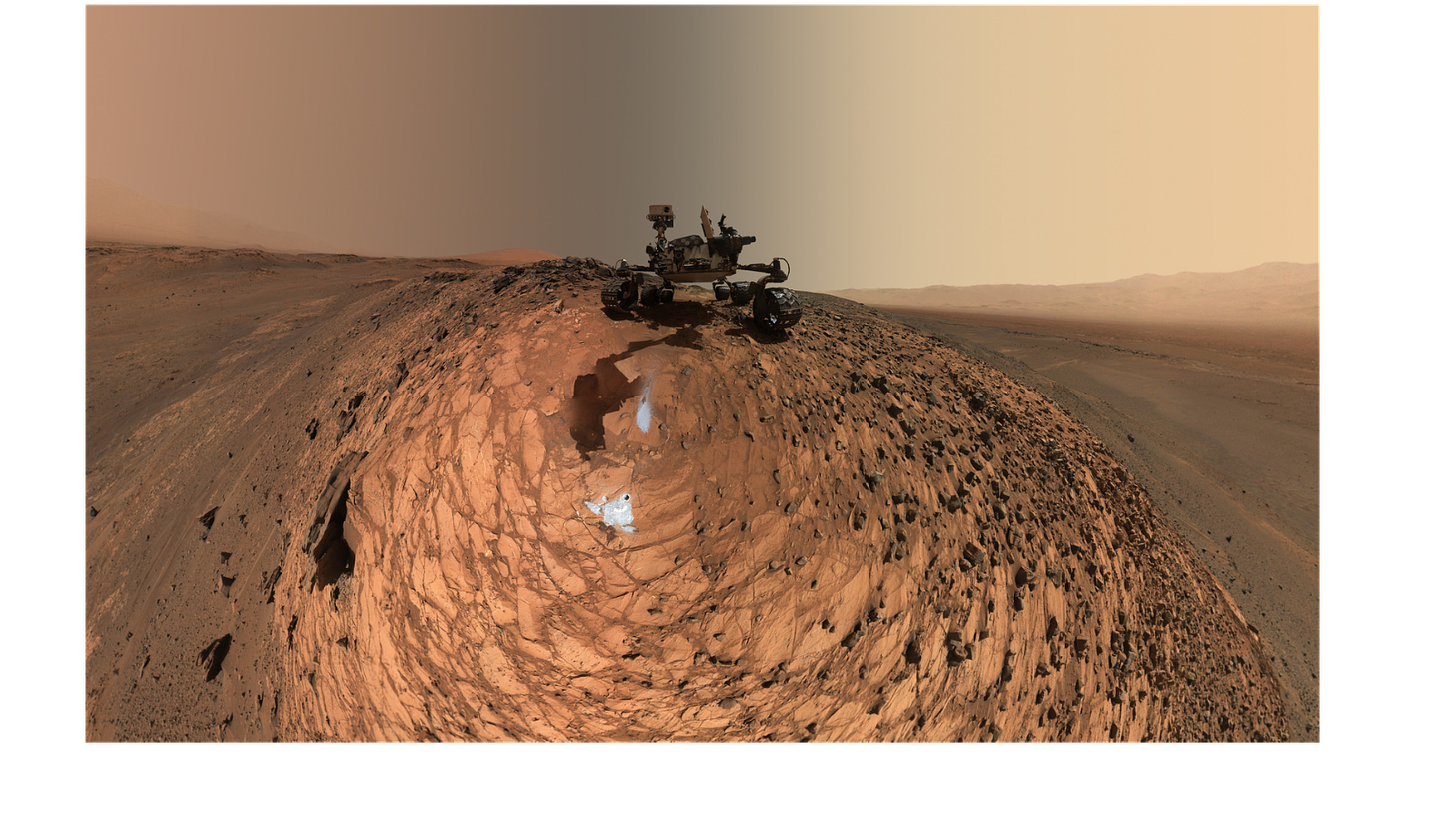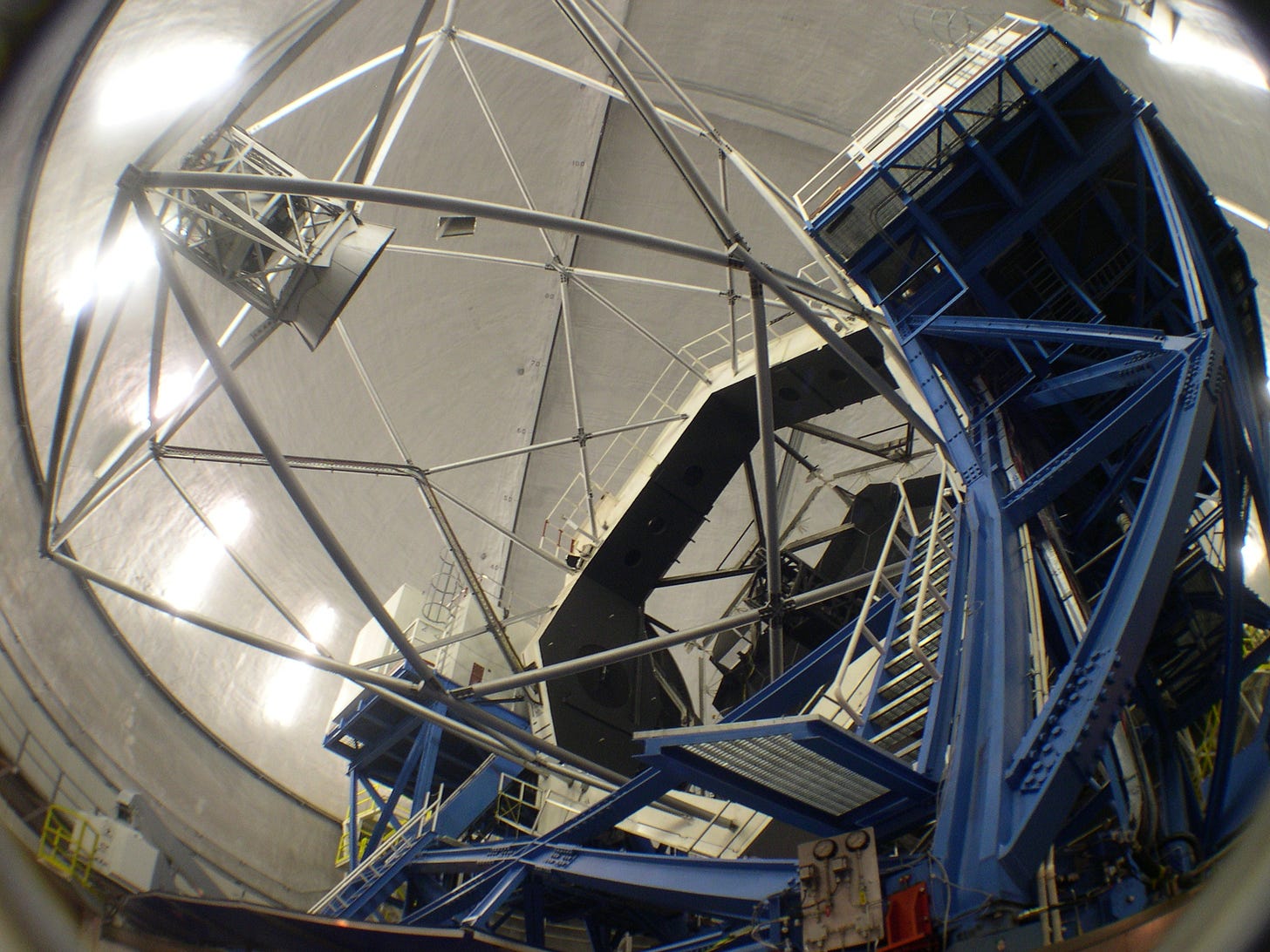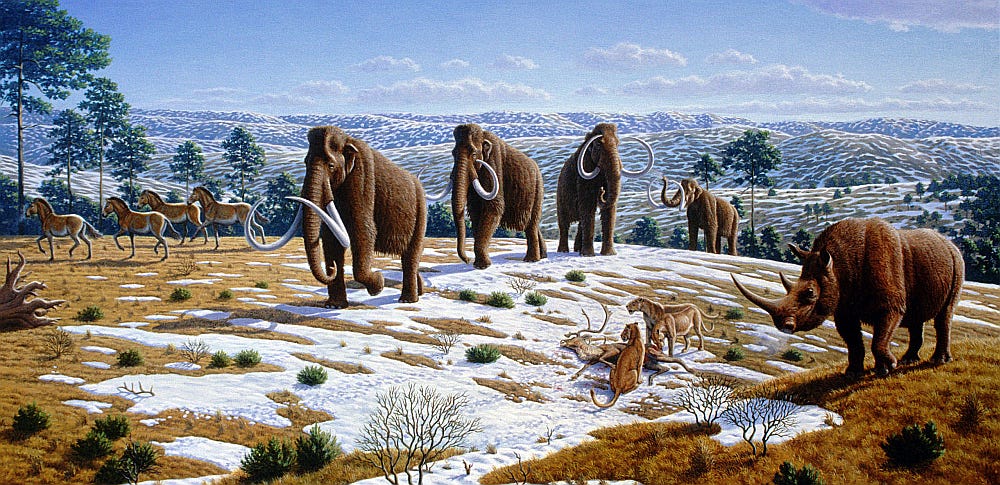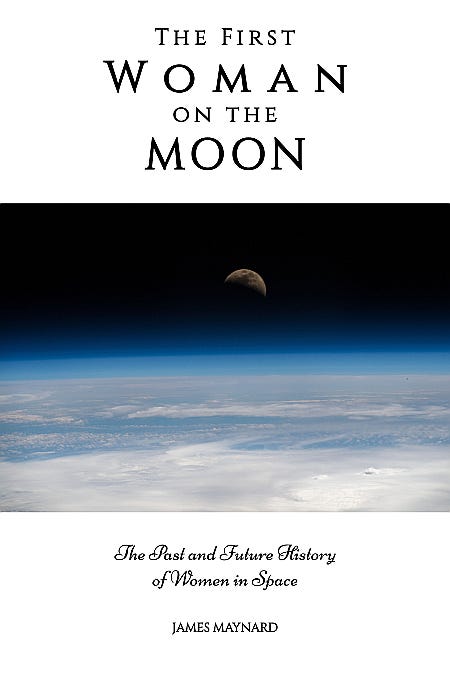The Cosmic Companion October 26, 2019
Mars may have once been home to large salty lakes, a new measurement of the expansion of the Universe reveals unexpected results, and a global extinction 13,000 years ago may have come from space.
Hello everyone!
This was a week of unexpected results, as evidence was found that Mars may have once held large, salty lakes, the expansion of the Universe may be faster than we believed, and the Younger Dryas extinction 12,800 years ago may be explained by an asteroid breaking apart before striking Earth.
I’m also excited to announce that my new weekly podcast, Astronomy News with the Cosmic Companion, is now available on all major podcast distributors, including iTunes and TuneIn! Or, listen in at: https://thecosmiccompanion.substack.com.
The Cosmic Companion is now offering a premium newsletter, offering weekly exclusive videos, a weekly comic, and more. Just $5 a month, or $50 a year! Sign up at: https://thecosmiccompanion.substack.com. Or, you can buy me a cup of coffee for my work!
Let’s take off!
The Week in Space
The Great Salt Lakes of Mars
Mars may have once been home to large salt lakes similar to those found in South America, a new study reveals. So, where did they go?

A selfie taken of Curiosity on Mars. This mosaic photo is created from 92 separate images taken by the Martian rover. Image credit: NASA
Massive salty lakes may have once dotted the Martian landscape, a new study from Texas A&M reveals. Examining the geological terrain of Gale Crater on Mars also revealed the Red Planet experienced wet and dry periods which could have been a prime mover of the environment on that world.
Gale Crater stretches 158 kilometers (95 miles) across, and has been explored by the Curiosity rover since 2012 as part of NASA’s Mars Science Laboratory (MSL) mission. This sizable geological feature was formed 3.6 billion years ago when a massive body impacted the surface of the Red Planet.
Read more: http://bit.ly/Great-Salt-Lakes-Mars
Another Look at the Hubble Constant
A new measurement of the expansion rate of the Universe could have far-reaching consequences to our understanding of the Cosmos.

One of a pair of 10-meter telescopes at the Keck Observatory in Hawaii used in a new study of the Hubble constant from UC Davis. Image credit: Scott Kardel
The Hubble constant is one of the critical calculations which astronomers and astrophysicists use to determine the nature of the Universe. One of the great challenges faced by researchers today is determining the exact value of this number. Various means of measuring the Hubble Constant produce different results, suggesting different possible pasts, and futures, for our Universe and everything in it.
Simply put, the Hubble Constant is a measure of how quickly objects in the Universe are flying away from each other. Galaxies and stars located further away from us are receding at greater velocities than those closer to us. This does not mean we are in any special location, but these same conditions would be seen by observers near any star in any galaxy in the Universe.
Read more: http://bit.ly/Another-Hubble-Constant
Did an Asteroid Light a Global Fire Seen by our Ancestors?
New evidence suggests an impact between Earth and a speeding asteroid may have resulted in a massive global fire and major extinction almost 13,000 years ago. The Cosmic Companion talks with lead researcher Christopher Moore.

The woolly mammoth was only one of the many species wiped out by the Younger Dryas extinction.
Less than 13,000 years ago, the world suffered a massive cold snap that wiped out vast numbers of species. Known as the Younger Dryas (YD), this period saw the loss of infamous animals such as woolly mammoths, saber-tooth cats, giant sloths and mastodons.
As species died off, human populations in regions around the world also saw their populations sink precipitously. The Clovis people, a prehistoric Paleoamerican culture (for example), saw a significant drop in their population at this time.
Read more: http://bit.ly/Asteroid-Global-Fire

Coming soon: The First Woman on the Moon: The Past and Future History of Women in Space by James Maynard
Thanks for reading!
Check out my new podcast, Astronomy News with The Cosmic Companion, available on all major podcast distributors, including iTunes and TuneIn! Or, listen in at: https://thecosmiccompanion.substack.com.
If you want to keep up with the latest updates and news about astronomy and space exploration, visit www.thecosmiccompanion.com, join our Facebook page, and follow @TheCosmicCompanion on Instagram and @CompanionCosmic on Twitter.
Do you know someone else who would love this newsletter? Please share! Invest in knowledge with a premium subscription for yourself or a loved one today (including my weekly video show)! Or, I’d love it if you could buy me a cup of coffee - I LOVE coffee!
Astronomy - Don’t Leave Home Without It!
- James


